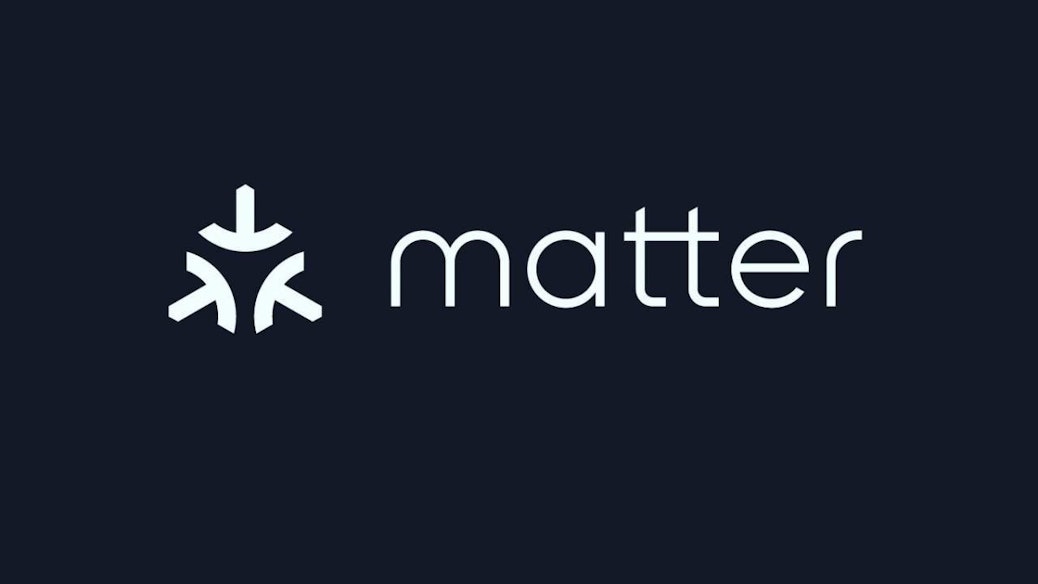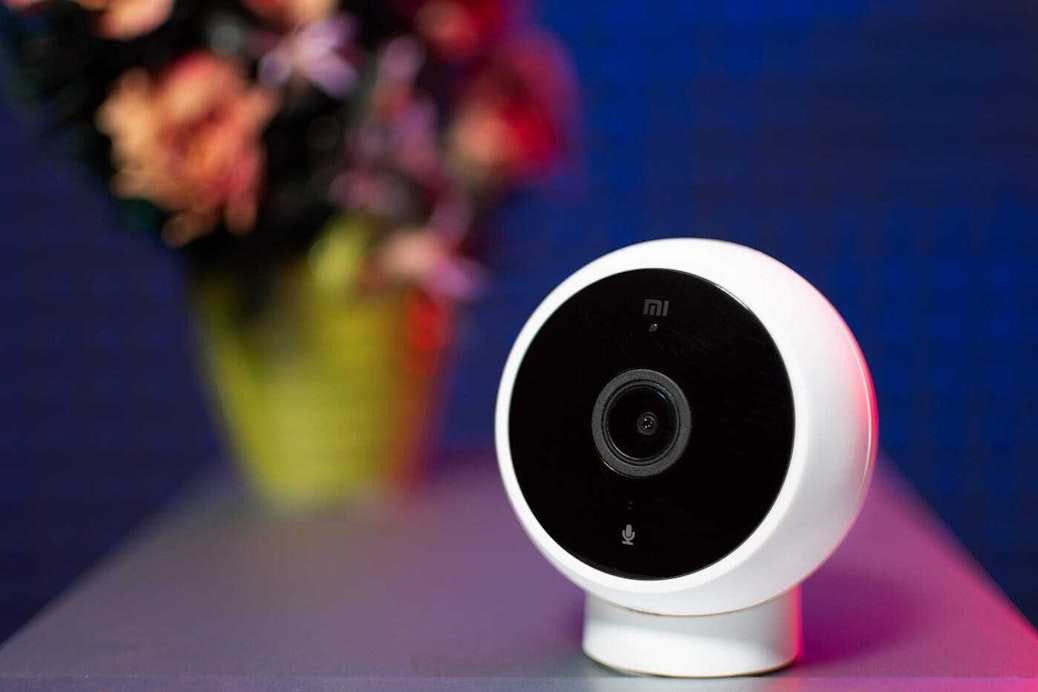
All consumer electronics connected products are not created equal. In fact, each device can be placed on a spectrum that, for simplicity reasons, can be divided largely into one of five categories: Pure Digital, Digital First, Dual Use, Physical First and Pure Device. We’ll get into what each of these terms mean in a moment, but to understand this segmentation of product category and its implications, you should first acknowledge that in the “pre-connected” world, consumer electronics products had only physical interfaces with every device offering its particular set of buttons and levers. In the connected age of products, a digital interface is added in the form of a mobile app, a web app or voice skill for Alexa or Google Home (or any combination of the three). The consumer electronics connected product spectrum places each product according to the balance of physical to digital use of that product by its end users.

The spectrum ranges from products that do not have a digital interface at all to those who can only be used through their digital interfaces:
- Pure Digital — The device can only be operated through digital (app & voice), and cannot be operated at all through the physical device. Many wearable devices fall into this category, although they can also be found in devices designed to be placed in hard to reach locations.
- Digital First — The device is expected to be operated through a digital interface, but limited occasional use can be done on the physical device interface directly. Often time the actual on / off switches are physical and the rest is digital. It is typical for devices that are used for extended periods of time, like air purifiers.
- Dual Use — This category can come in two flavors. First is when the complete functionality should be available on both physical and digital, with the choice of operation being personal and dependent on the situation. The second is a wide array of functionality with little to no overlap, meaning frequent and important use can be made on the digital interface, and different but still important and frequent use can be done on the physical device. An advanced electric scooter is a good example here. Basic operation is physical levers yet locking and unlocking actual range on map and relative to target/home can only be digital.
- Physical First — Devices in this category are expected to be largely operated through the physical interface, with limited functionality on the digital. The digital part usually includes onboarding and setup as well as setting changes when required maintenance action or infrequent many time complicated action. A good example here may be a connected shoe. You wear it every day and it functions as a shoe should, but you can refer activity reports on the digital interface.
- Pure Device — These devices can only be operated with the physical interface and have no digital interface at all. Limited interaction based on email can be achieved if the actual registration is handled separately and independently.
Bearing in mind that a minimum end user value is a prerequisite to any interface physical or digital the expected balance of digital to physical will dictate the digital product definition and specs, including the ensuing communication and relationship building between manufacturer and end user.
It is worthwhile starting with this question of where a particular device falls on the spectrum because this definition will go to the heart of the overall user experience you aim to deliver. Once it is determined, you can answer needs and requirements through technology, budget permitting.
Once defined, it will also serve to layout the connectivity scheme. Whether the device itself can rely on a mobile app as a gateway to the cloud or needs a direct connection through WiFi or SIM, or both.
A smart product is only as smart as what people actually do with it. If they don’t use it, well, it is far from being smart. As many consumer electronics companies have already discovered, the fact that a customer bought the product is no guarantee that he will actually use it. So, making sure end users see value in the digital side of a connected product is a prerequisite. Unfortunately, sometimes creating this value can prove to be more elusive than you might think.
Most companies assume that value will be driven by functionality relevant to each particular product. But this makes assumptions about the user, and his own understanding and comfort level with such technology. If you don’t invest in understanding that relationship, it doesn’t matter how many bells and whistles you add to your product. The user who is confounded by any part of the technology won’t be much of a user at all. Fortunately, and regardless of vertical, value can be generated if you dig deep enough and are willing to put in the work.
Here are six areas you should explore:
Onboarding — At the very minimum, and especially for products that are pure device or device first on the connected spectrum, merely crossing the Onboarding chasm can be a challenge. Getting users set up with their connected devices as quickly and seamlessly as possible is incredibly valuable.
Settings & Maintenance — There are less frequent, more esoteric changes to product settings that usually don’t get a clear and simple physical representation on the device itself (tends to be complicated). Actually having a digital interface can make the physical buttons and levers simpler by offloading elements to the mobile app or web. At the same time, you can bring more options and control in settings that can only be handled on a digital interface.
Complex Functions — The digital interface is the natural place for more complex functions. Many times the addition of a digital interface actually opens the door to capabilities that physical buttons can not support, either for complexity reasons or the need for external information. For instance, external data collected from the web can interplay with device functionality and operation. Weather is an obvious example, but the options are far and wide depending on vertical.
Time & Space — The digital interface is always with you (your mobile), which means you can control the device without needing to be near it. Enabling remote access, even for less frequent scenarios, can prove very valuable. When away from the device, notifications can also prove powerful, even if infrequent and limited to safety situations. Timers and scheduled activities, which can hardly be operated with a physical interfaces (very cumbersome) are also a very good fit for the digital interfaces.
Education — As the product capabilities expand with a digital interface, so does the need to educate the user on what and how can be done with the product. The digital interface itself is where passing this knowledge can be achieved most effectively (video), and it can go far in providing data and know-how beyond the actual/particular use of the product.
Reporting — Reporting is usually not the centerpiece of the digital interface; nevertheless, it is a classic use of it and does add to the overall value generated. Sometimes reporting is important, even just as a means of reminding users of value that’s being created automatically in the background (air purifiers, for example).
Creating value through functionality is obviously constrained by budget, hence it is important to remember that when introducing a new product to market, not all potential value must be realized. In fact, companies should aim to deliver the minimum threshold of value that will still keep users engaged. The digital side of a consumer electronics product is software and, as such, can be upgraded down the road based on actual customers’ use patterns and feedback. With the full value map in hand, companies can get the most bang for the buck while still delivering just enough value for the product to be used; and yes, live up to the title of being smart.






